Launching a website is exciting—but without strategic SEO, it might remain invisible. Google’s algorithms have evolved. In 2025, you need more than just content. You need trust, structure, and a strong foundation.
Here’s your complete blueprint to rank a newly launched website fast, while staying aligned with Google’s latest updates like AI Overviews, Helpful Content, and EEAT.
Step 1: Set Up Google Search Console and Analytics Immediately
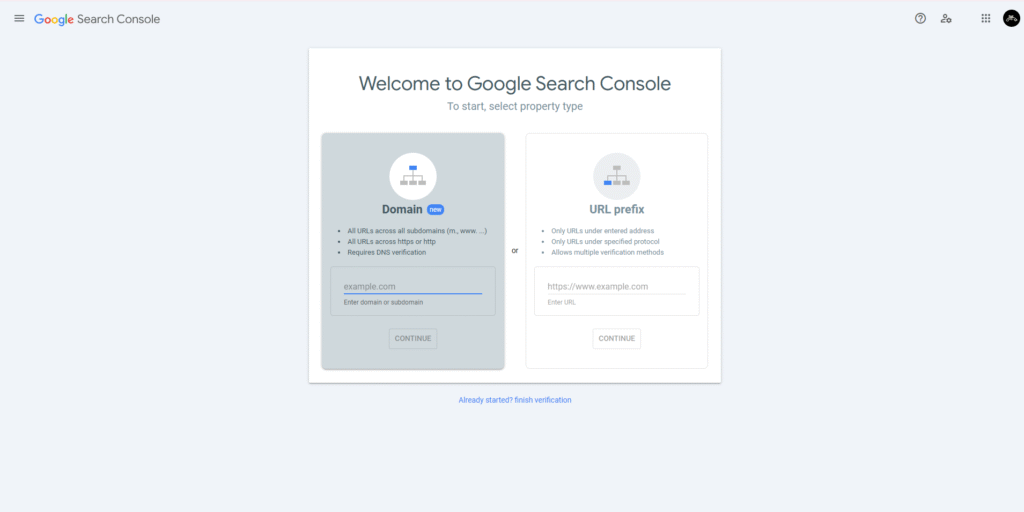
Google Search Console (GSC) is your SEO command center. As soon as you launch:
Verify your site ownership in GSC
Submit your XML sitemap
Use URL Inspection Tool to request indexing
Google Analytics 4 (GA4) helps track user engagement. Early data means early insights.
Tool Tip: Use Google’s SEO Starter Guide for setup verification.
Step 2: Secure a Clean, Crawlable Site Structure

Google rewards well-structured websites.
Use a flat architecture: Keep key pages within 2-3 clicks of the homepage
Create SEO-friendly URLs: “/services/web-design” is better than “/page?id=13”
Add internal links across your homepage, blog, and category pages
Visual Suggestion: Include a sitemap infographic.
Step 3: Perform Keyword Research Based on Search Intent
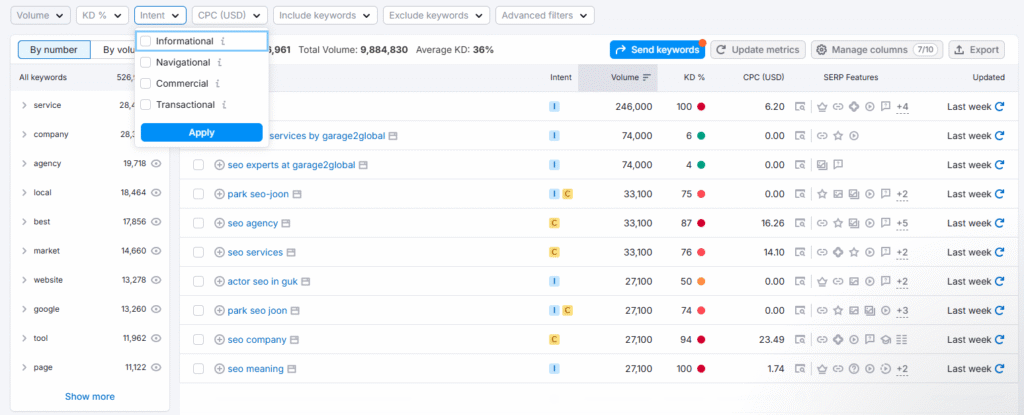
Avoid guessing. Use tools like Ahrefs, Ubersuggest, or Semrush to:
Find long-tail keywords like “how to rank a new website fast”
Understand user intent (informational, transactional, navigational)
Cluster related terms to cover a full topic
Example: Target “launch a new website SEO” and related variations like “first SEO steps.”
Step 4: Publish High-Quality, EEAT-Backed Content
Google prioritizes helpful content. To meet EEAT:
Write from experience (add author bios, business background, or real insights)
Use real-world examples
Include outbound links to sources like Neil Patel or HubSpot
Internal Link Suggestion: Link to your blog on “SEO for eCommerce” for added authority.
Step 5: Ensure Mobile Optimization and Fast Load Speed
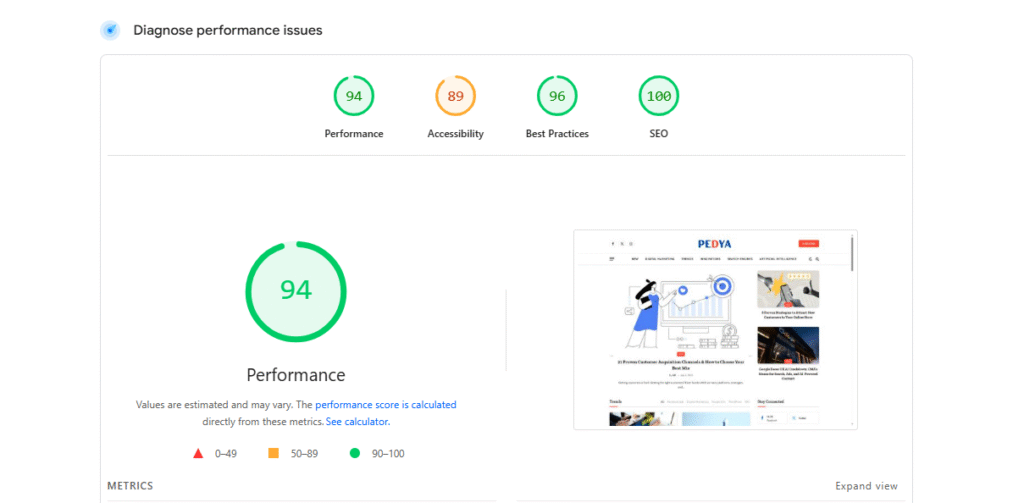
Core Web Vitals matter. Use:
PageSpeed Insights for speed fixes
Compressed images and CDN delivery
Responsive design for mobile-first indexing
Bonus: Speed and mobile UX affect rankings and user behavior.
Step 6: Create Foundational Pages with Clear Intent
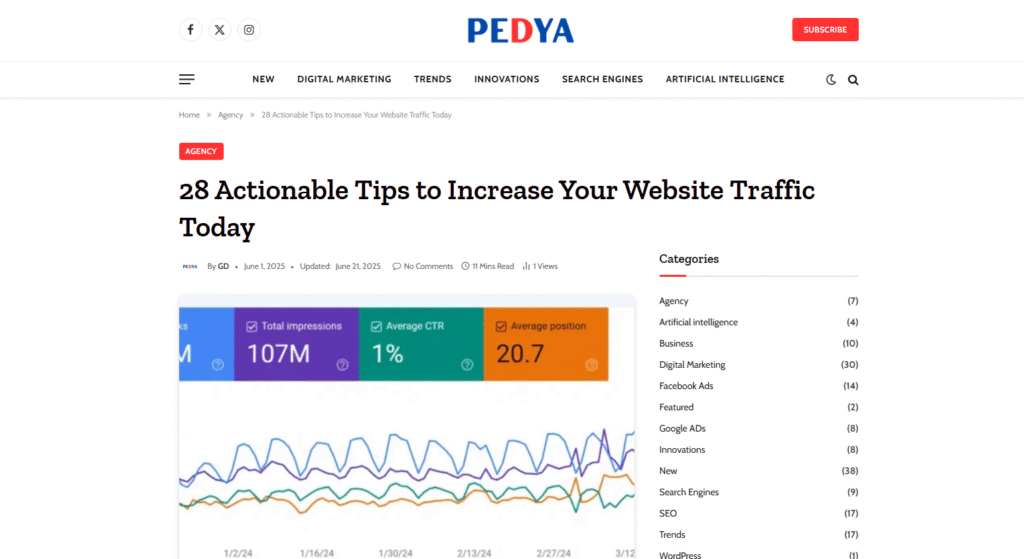
Include:
Homepage: brand statement, value offer
About Us: trust-building
Contact Page: Google entity signals
Blog: cornerstone for content clusters
Use schema markup (Organization, LocalBusiness) to help AI Overviews and Google’s Knowledge Graph.
Step 7: Plan and Publish Topic Clusters
Build topical authority.
Create a “pillar page” like “How to Rank a New Website”
Link it to supporting blogs (e.g., “How to Do Keyword Research for New Websites”)
Use semantic keywords within each post
Visual Suggestion: Include a content cluster diagram.
Step 8: Optimize On-Page SEO Elements
Every page should include:
One H1 tag with your main keyword
H2/H3 tags with semantic subtopics
Meta title (≤60 characters) and meta description (≤155 characters)
Internal links to related posts
Internal Link Suggestion: Add links to “Customer Retention Strategies” for relevant content signals.
Step 9: Request Indexing via URL Inspection Tool
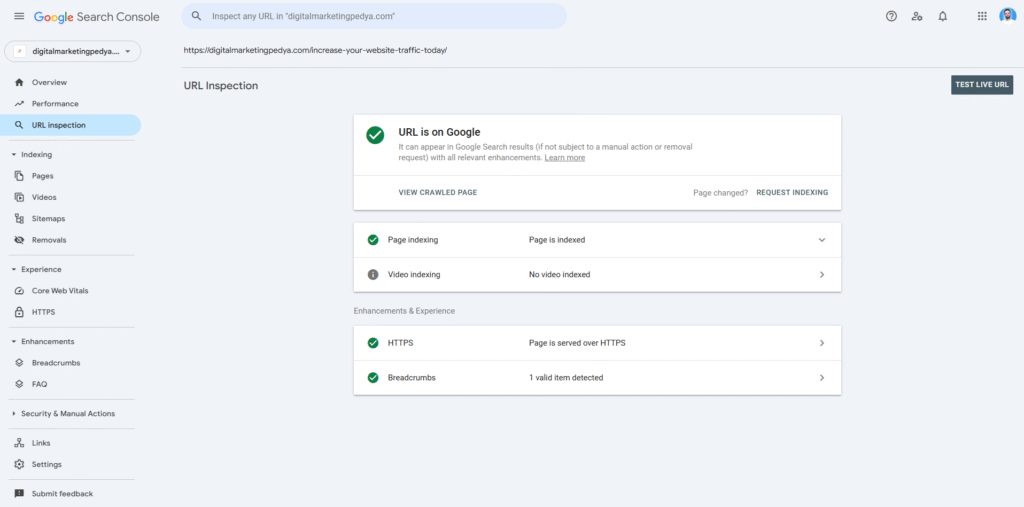
Fast-track your visibility:
Inspect and submit key pages (e.g., homepage, service pages)
Monitor coverage and crawl reports in GSC
Fix errors and resubmit when necessary
FAQ Format Example: “How long does it take for Google to index a new website?”
Step 10: Use Schema Markup for Rich Results
Help Google understand your content.
Add FAQ schema, Article schema, Breadcrumbs
Use plugins like RankMath or Schema Pro
Featured Snippet Strategy: Structured data helps trigger AI Overviews and snippet inclusion.
Step 11: Start Ethical Link Building Immediately
Don’t wait to build backlinks:
Submit your site to directories
Reach out for guest posting
Use HARO (Help a Reporter Out) for PR links
Pro Tip: Avoid spammy link-building practices. Quality trumps quantity.
Step 12: Build Your Entity Across the Web
Entity-based SEO is key in 2025.
Register consistent social profiles (Facebook, LinkedIn, Twitter)
Use the same Name-Address-Phone (NAP) info everywhere
Add your brand to directories like Crunchbase or Product Hunt
External Reference: Google’s Entity Understanding in Search
Step 13: Strengthen Internal Linking Strategy
Boost engagement and rankings:
Link new blog posts to pillar pages
Use keyword-rich anchor text
Include 3–5 internal links per post
Internal Link Suggestion: Point to your blog on “SEO Audit for New Sites”
Step 14: Monitor SEO Metrics and Refine
Use GA4 and GSC to track:
Clicks, impressions, CTR
Crawl errors, mobile usability
Page speed and bounce rate
Adjust based on data. What’s working? Double down.
Step 15: Optimize for Voice Search and Conversational Queries
With AI Overviews, voice matters:
Use natural, question-answer formats
Include FAQs in every major post
Target “People Also Ask” style questions
Example H2: “How can I get Google to crawl my new site faster?”
Bonus Tip: What NOT to Do When Launching Your Website
Avoid:
Buying links or stuffing keywords
Publishing thin or AI-generated-only content
Ignoring technical SEO
Conclusion: Rank Smart, Not Just Fast
Ranking a new website is a marathon, not a sprint. With these 15 proven steps, you’re not just checking boxes—you’re laying a foundation for long-term visibility, trust, and traffic.
Start implementing today. SEO success favors those who act early, stay consistent, and serve real value.
FAQs
It can take 3–6 months depending on competition, backlinks, and content quality.
Yes—if your content directly answers user questions and uses structured formats.
A comprehensive guide targeting a long-tail keyword relevant to your niche.